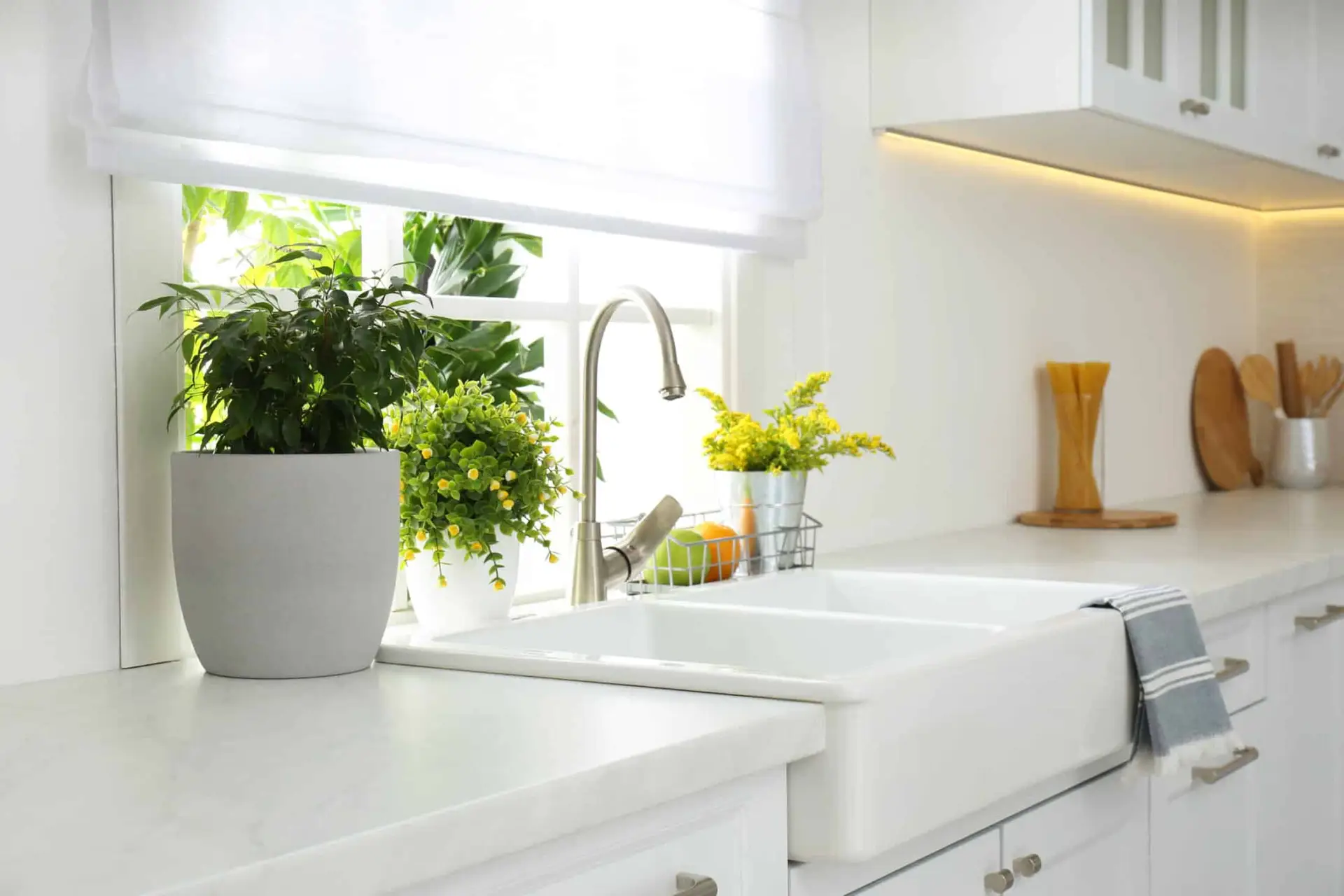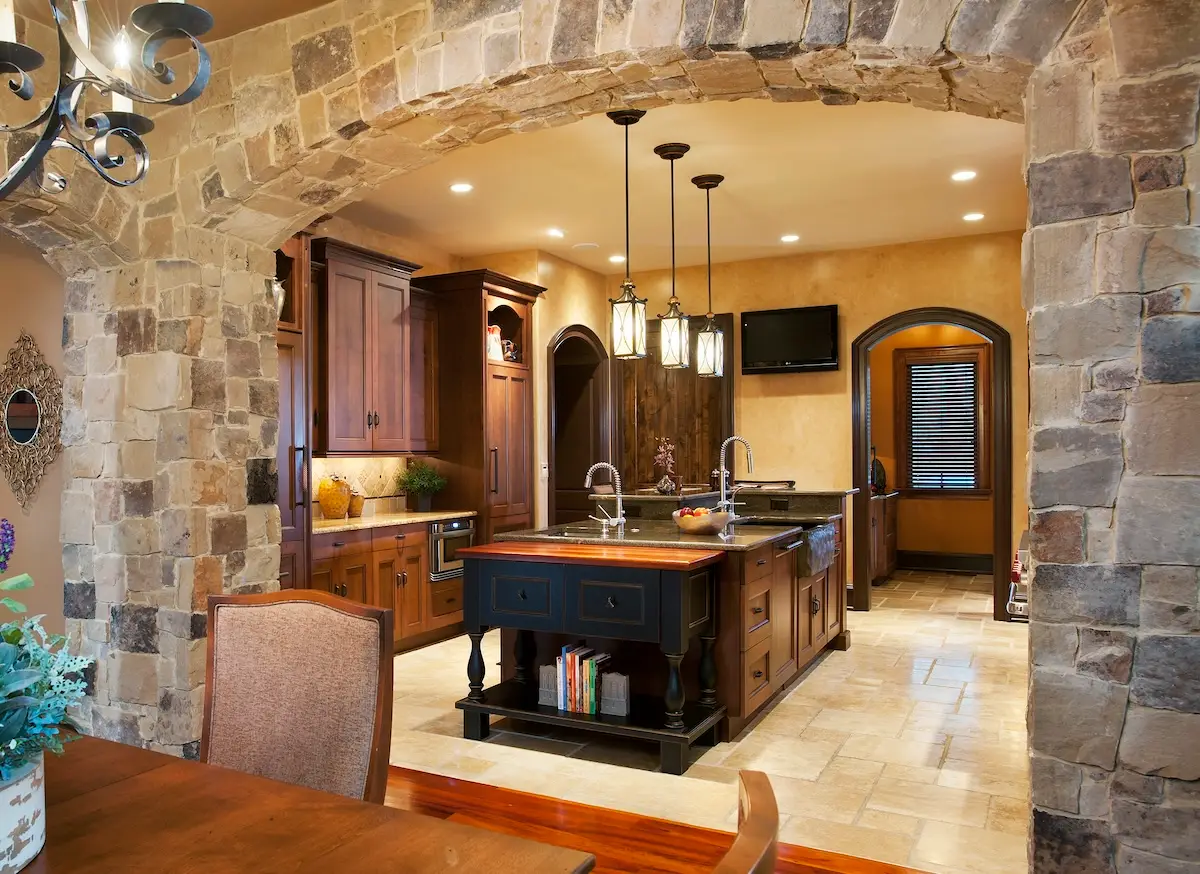Are you tired of replacing furniture that doesn’t withstand the test of time? Choosing high-quality, durable furniture ensures both longevity and cost-effectiveness for your home. However, knowing the true value of furniture sometimes goes beyond its price tag, and understanding which materials offer durability and style can be incredibly helpful as well.
Continue reading for expert insights that will guide you to make choices that marry quality with longevity.
Identifying Value Beyond Price
When it comes to furnishing your space, it’s important to recognize that a high price tag doesn’t always equate to high quality. It is entirely possible to find furniture that is both cost-effective and durable. Think local and see what local artisans have to offer or attend estate sales. Consider pre-owned or vintage pieces, which often boast superior construction at a fraction of the cost of new items. Seek out factory outlets or wholesale stores that offer premium furniture without the retail markup. By shopping locally and looking out for sales, the opportunity to find unique and high-quality items for a great price increases.
Examining Furniture Before Purchase
It’s important to examine a piece of furniture to ensure its longevity and quality. Even the most attractive pieces can conceal flaws, compromising their durability and function over time. The first step is to conduct a thorough inspection. Make sure to inspect every joint, corner, and surface for stability and finish.
While inspecting, consider the build and condition of the piece. Test the strength by applying gentle pressure. A high-quality item should feel solid and not wobble or creak. Drawers should slide smoothly, doors should close securely, and upholstery should be taut and well-fitted. Additionally, confirm that no parts are missing and no scratches or dents are visible. These flaws can be indicative of poor craftsmanship or materials.
If you can’t inspect the furniture in person, such as when shopping online, then some additional work may be required. High-resolution images and detailed product descriptions are helpful. However, they cannot replace the insights gained from a physical inspection. In these cases, checking customer reviews can be helpful. Read reviews critically, paying attention to repeated comments regarding build quality, longevity, and customer service. These insights from other buyers can guide you toward making an informed decision that ensures the furniture you select will be a lasting addition to your home.
Selecting Weather-Resistant Furniture for Durability
When considering the purchase of new furnishings, one key aspect that often gets overlooked is their ability to withstand varying weather conditions. Opting for weather-resistant furniture is not just about preparing for outdoor elements. You also want to ensure the items can endure the everyday micro-climates of your home, such as moisture in bathrooms, direct sunlight in sunrooms, or temperature fluctuations in attics or basements.
Consider items specially designed to resist fading, humidity, and temperature changes. This design not only contributes to their longevity but also maintains their aesthetic appeal over time. Moreover, weather-resistant furniture is easier to maintain and can save you time and effort in care and upkeep.
Where to use weather-resistant furniture effectively is also an important consideration. Placing such furniture outdoors on a patio or deck might be the first thought to come to mind. However, it is equally suitable for indoor spaces prone to moisture or sunlight exposure. Kitchens, sunrooms, and even living rooms with abundant natural light can benefit from furniture crafted to resist weather-related stress. Furthermore, homes in regions with high humidity or extreme temperatures will find durable furniture like this to be a worthwhile investment.
Choosing the Right Materials for Longevity
Selecting the correct materials is essential when looking for furniture that will stand the test of time and provide aesthetic value. Hardwoods such as oak, maple, and teak are known for their strength and resilience. They are also frequently used in high-quality furniture pieces. These woods naturally resist wear and are less susceptible to dents and scratches, making them ideal for items like dining tables or bookcases that see frequent use.
For upholstered furniture, look for leather or tightly woven textiles that can endure years of use while retaining their shape and appearance. High-density foams and sturdy frame constructions also indicate a piece designed with longevity in mind.
Metal furniture, often created with aluminum or wrought iron, is another robust option that can withstand harsh weather and heavy use. When treated properly through powder coating or other rust-resistant finishes, metal pieces are formidable contenders for indoor and outdoor settings.
Understanding wear-and-tear for different material types is equally important. Delicate materials like glass or veneers may not endure heavy use as well as solid wood or metal can. Similarly, synthetic fibers may offer more resistance to fading and staining compared to some natural fabrics.
Investing in high-quality, durable furniture is both a practical and economical choice that yields dividends when it comes to longevity and timeless style. Contact us today so we can help you confidently curate a collection of furniture that not only enhances your home but also stands up to the demands of daily life.




